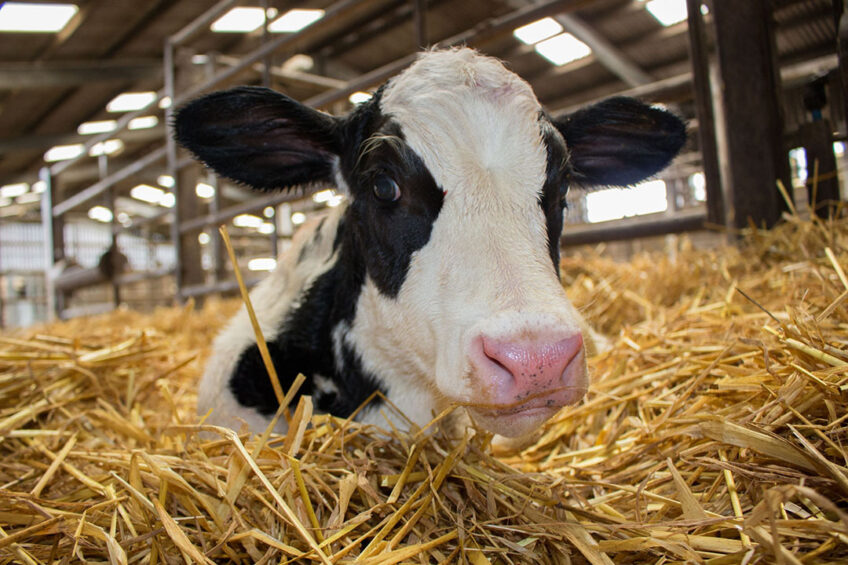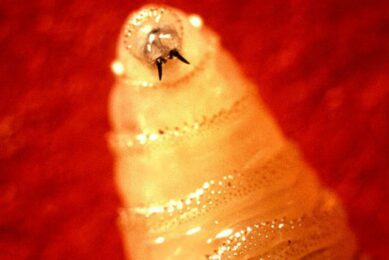Controlling calf coccidiosis through coccidiostats

Coccidiosis is an intestinal disease usually seen in young dairy or beef calves between 3 weeks and 6 months. Although it is rarely fatal, it can cause extensive gut damage and ill-thrift and is commonly seen under intensive management conditions with high stocking rates.
Autumn-born calves are at greater risk, with Cocci requiring warmth and moisture. A wet September and October increases infection risk as the environment becomes more favourable for the occysts to spread from calf to calf.
Calves infected
Veterinary specialists Murray Direct said calves become infected by consuming coccidiosis eggs from pasture, feed, waste and bedding, or by licking contaminated calves. The parasite can exist for months in their surroundings and failure to control the disease can influence future productivity levels, including growth rates, as well as delaying the onset of puberty, leading to milk loss production in dairy calves.
Third-generation dairy farmer, Darren Coombes, who farms with his son Tim on 890 acres near Bridgwater, Somerset in the UK, believes feeding a coccidiostat to his dairy calves can help control the disease. He recently had an outbreak affecting a fifth of his calves.
Coombes milks 425 cows – year-round calving Holsteins – supplying Muller and Sainsbury’s. Animals are milked twice daily, producing 10,500 litres at 4.3% fat and 3.25% protein.
“We didn’t lose any calves, but we lost a lot of growth and it took the calves a long time to recover,” he said.
His vet recommended the calves be fed the coccidiostat Deccox and, alongside improved cleanliness, it has helped get on top of the outbreaks.
Coombes said newborn calves receive colostrum for the first 3 days. Calves are kept in pens for the first week and at day 4 they transition onto a milk replacer with 3 litres fed in a bottle twice a day. From birth, calves are given clean water and free access to fresh straw and Mole Valley Farmers’ NSP NPP Calf Rearer 18+ Deccox, which is an 18% protein rearer nut with an added coccidiostat to help treat and manage coccidiosis.
“It is a very consistent, palatable product and calves love it. After 7 days, calves move onto one of the 2 Forster-Technik automatic milk feeders where they are kept in groups of 30. Calves get fed 4 feeds a day and can have a maximum of 8 litres in 24 hours. At day 49, the milk is gradually reduced and calves are weaned at day 56.”
Feed and calf hygiene
Calves stay in the same group until they are 6 months old. After 5 months they are introduced to 1kg of homegrown rolled barley and ad-lib grass silage with the rearer nut cut back to 1kg. Deccox is removed at 9-10 months. Coombes notes: “It has completed kept coccidiosis at bay. We tried different things and we could never really get to the bottom of it until we introduced the Deccox.”
But hygiene is key, too. Calf sheds are disinfected and steam-cleaned between batches and straw bedding is also replenished liberally to keep calves dry.
Andy Adler of Molecare Farm Vets said preventing faecal contamination of water and feed troughs is crucial in controlling coccidiosis. “Raising feed and water troughs alongside regular cleaning is very important to prevent faecal-to-oral transmission. Straw bedding should be replenished often so calves are only eating fresh, clean straw.”
Join 13,000+ subscribers
Subscribe to our newsletter to stay updated about all the need-to-know content in the dairy sector, two times a week.










